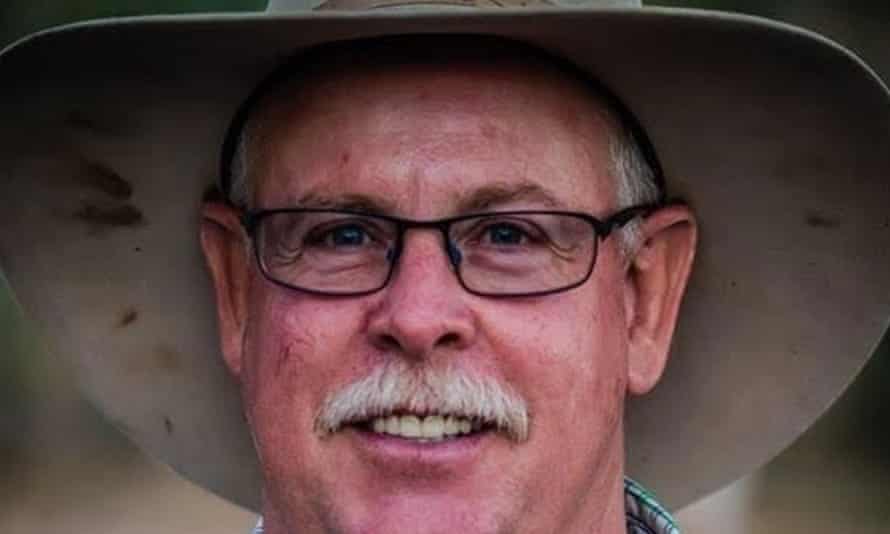Rainfall records were broken across western Queensland in September. Heavy downpours reached the bush again in early November.
The early-season rain – and the onset of a La Nina weather pattern – had outback folks talking about whether the eight-year drought might be about to break.
It hasn’t. In fact, graziers in the Longreach area and in the Queensland channel country say they’ve rarely seen conditions so hot and dry, and for such extended intense periods.
Across eight of nine sweltering days in November and December, the maximum temperature at Birdsville ranged from 44.2C to 48.7C.
While south-east Queensland and northern New South Wales flood, barely a drop of rain has made its way out west in the past month.
“It’s been pretty hot early in the season,” says Angus Emmott, a cattle grazier who runs a property about two hours’ drive south of Longreach, at the top end of the channel country.
“We’ve always had extreme heat, but the problem is now that we get longer, hotter periods. The water sources, the soil moisture just disappears more rapidly.
“Once you get sustained periods over 45C, it really starts to affect wildlife.”
Emmott says he found several red-winged parrots dead on his property in the heat last week. The conditions mean farmers regularly have to work in the early morning and evening.
“You get up at first light and you work until 10am, then you retreat indoors until about 4pm, then you go out and get everything ready for the next morning,” he says.

“[Climate change] is going to make places like western Queensland … very difficult to operate agricultural businesses in future. All the land is still in operation but in many places the financial margins have become more problematic.
“We’ve had eight years straight of failed summer rains. If things keep going the way they are a lot of the inland of this country will be unusable for agriculture.”
The drought has lasted eight years, since the last La Nina event, which ran from 2010 to 2012.
Blair Trewin, a senior climatologist with the Bureau of Meteorology, says the last La Nina resulted in two of Australia’s wettest years and perhaps led to expectations that each time the weather pattern returned, so would the deluge.
And while signs for rain this summer remain “pretty encouraging”, Trewin says there is no guarantee that every part of the country would receive above-average rainfall.
“La Nina certainly elevates the odds of above-average rain but that doesn’t necessarily mean that every month is going to be wet everywhere,” Trewin says. “It’s not totally unknown to get very hot months leading into the start of the La Nina as well.”
Trewin says the heatwave in late November, which affected parts of South Australia, Victoria, NSW and Queensland, was “unusual but not unprecedented”.
“It’s obviously a pretty significant heatwave,” he says.
The mayor of Longreach, Tony Rayner, says people have been hopeful of early rain this year, due to forecasts and the onset of La Nina. “This is the time of year we can get early storms, but we simply haven’t had them yet,” he says.
“The forecast was quite positive and still is, so we’re optimistic we’ll get some storms. We just have to endure the extreme heatwaves we’re getting whilst we’re waiting for the wet weather to occur.”
Rayner says life is “extremely challenging” for people whose properties had not had much rain: “Many primary producers are supplementary feeding their cattle. This is expensive and extremely onerous.
“Whilst there are many views on climate change, most people accept there’s an element of climate change we’re experiencing [with] hotter summers, a change in the timing of the wet season. People are adjusting the management of their enterprises to suit the changes.”